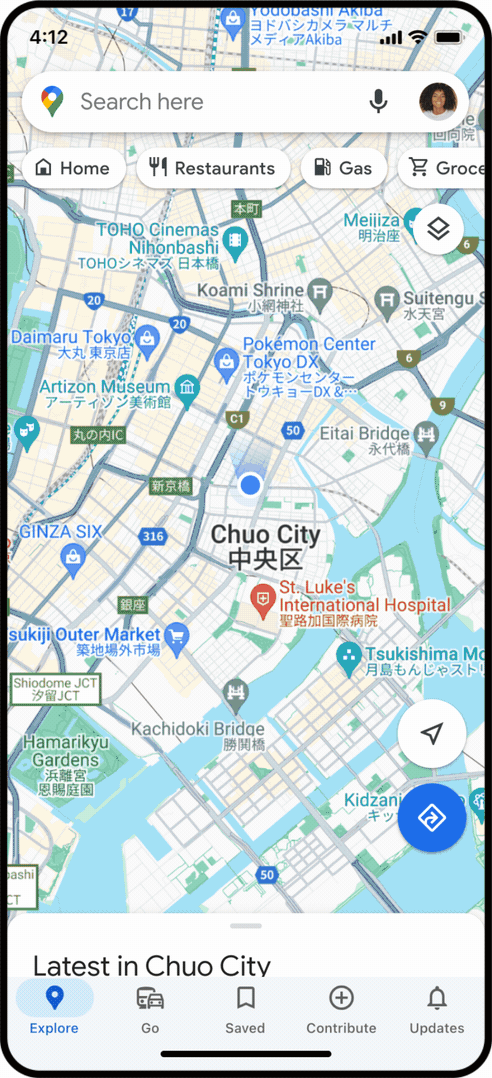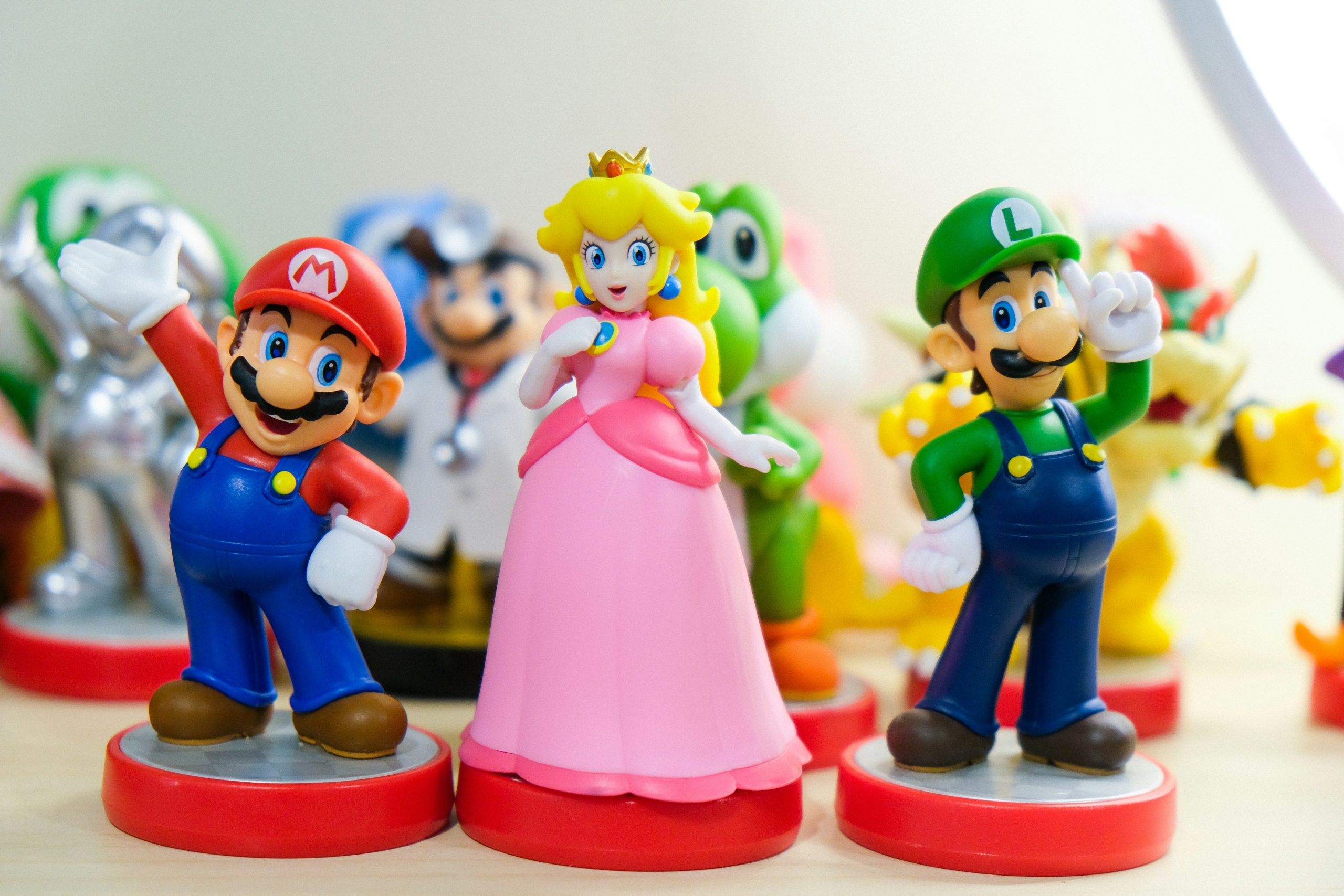
A partial lunar eclipse in Regensburg, Germany, in 2017
Thomas Koschnick/Alamy
Solar and lunar eclipses always come in pairs. Earlier this month, an annular “ring of fire” solar eclipse appeared in the skies above much of the US, and now it is the moon’s turn.
On the night of Saturday 28 October, people across the UK, Europe, Asia and Africa will be treated to a partial eclipse of the moon, in which a portion of the moon will turn red. In some parts of North America, South America and Australia, only part of the eclipse, called the penumbral stage, will be visible, making the moon slightly darker.
What time is the 28 October partial lunar eclipse?
The maximum of the eclipse will be at 9.14pm in London, 10.14pm in Berlin, 11.14pm in Moscow, 1.44am in Mumbai and 4.14am in Hong Kong. The penumbral stage begins about 2 hours before and ends about 2 hours after the maximum. You can check the exact timings for your location using free software like Stellarium.
How to watch the partial lunar eclipse
You don’t need any special equipment to see the lunar eclipse. As long as you live somewhere where the eclipse will be visible, and you have clear skies, you will see part of the moon turning red. During the 28 October lunar eclipse, only a small portion of the moon, 12 per cent at the maximum, will turn red. If you have binoculars or a small telescope, these will help you to see it.
What is a lunar eclipse?
A lunar eclipse happens when the moon moves into the shadow cast by Earth, blocking the light from the sun. This means a lunar eclipse always happens during a full moon. But lunar eclipses don’t happen every full moon because of the tilt of the moon’s orbit.
What causes a partial lunar eclipse?
A partial lunar eclipse happens when the moon doesn’t fully line up with Earth and the sun, meaning only part of the moon moves into Earth’s shadow. There are two parts of Earth’s shadow: the darkest inner part is called the umbra and the outer part is the penumbra. In the penumbral stage of the eclipse, the moon is in this outer shadow, causing it to darken slightly. The red colour is only seen when the moon enters the umbra.
Why does the moon turn red?
During a lunar eclipse, the moon doesn’t totally disappear from view like the sun does during a solar eclipse. This is because of Earth’s atmosphere. Although the moon is in Earth’s shadow, light is scattered through Earth’s atmosphere and only the longer wavelengths of sunlight – those at the red end of the spectrum – make it through by bending, or refracting, around Earth. The moon then reflects this back at us, creating a red or orange glow. This is the same reason the sun appears red during sunrise or sunset. Because of the red glow, lunar eclipses are often called blood moons.
Why do eclipses come in pairs?
Eclipses only happen when the moon’s orbit around Earth, which is tilted by about 5 degrees compared with Earth’s orbit around the sun, brings it in line with the sun and Earth – something called syzygy. Solar eclipses happen at a new moon and lunar eclipses happen at a full moon, so pairs of eclipses tend to be two weeks apart.
Topics:

























































